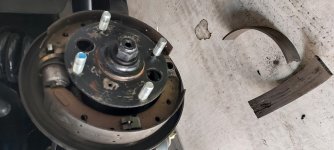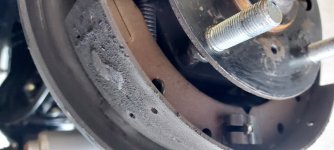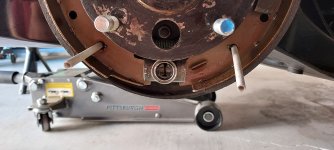Offline
After a year of driving my highly restored TR4A without an issue, it just started making a noise like something is loose in the right rear wheel area. It also seems to drag there intermittently, first making me think it was a flat tire. My first look found nothing out of the ordinary. My last test drive after resolving(?) a backfire issue resulted in what appeared to be the right wheel locking to the point of skidding the tire. Driving back to the garage was uneventful, but I won't leave the parking lot until finding out what's going on. It's raining now, but will lift it to inspect the wheel, brakes, and hand brake mechanism. Does any of this sound familiar, and are there suggestions as to where to focus my attention?

 Hi Guest!
Hi Guest!

 smilie in place of the real @
smilie in place of the real @
 Pretty Please - add it to our Events forum(s) and add to the calendar! >>
Pretty Please - add it to our Events forum(s) and add to the calendar! >> 





